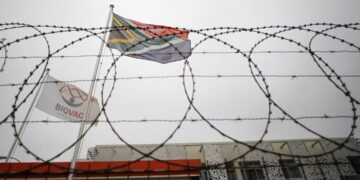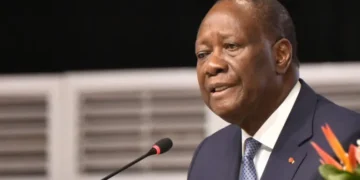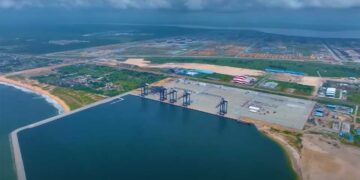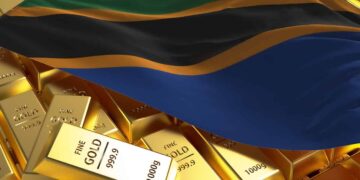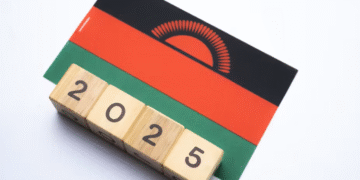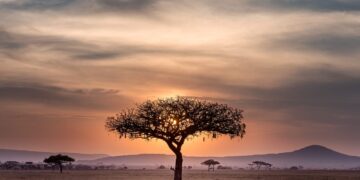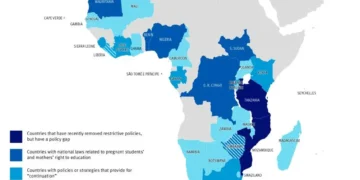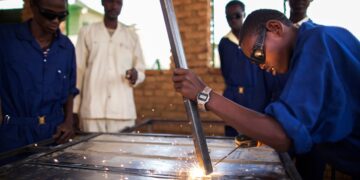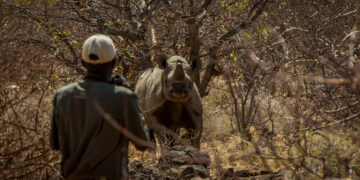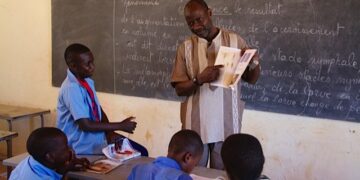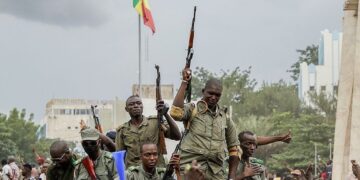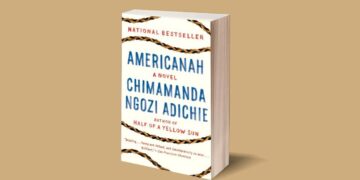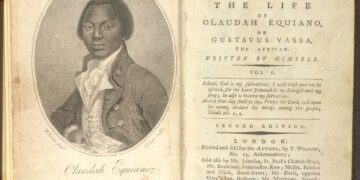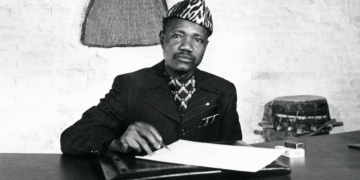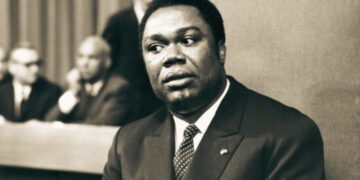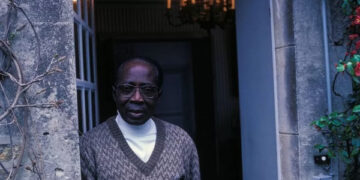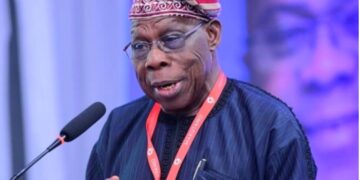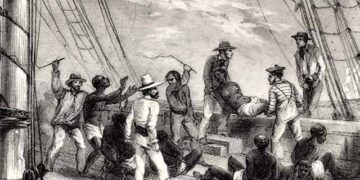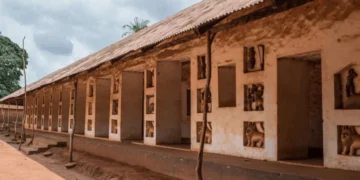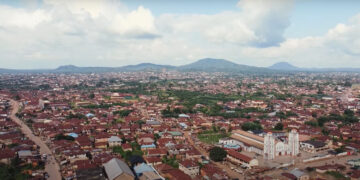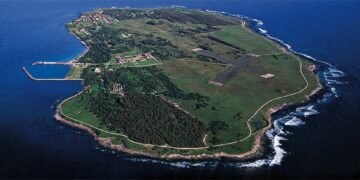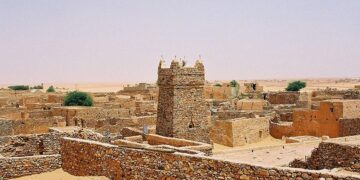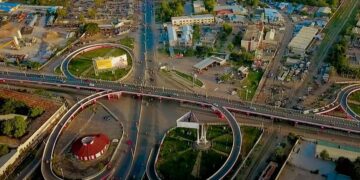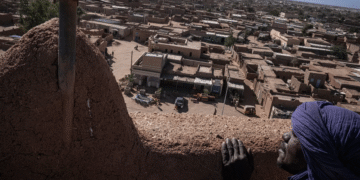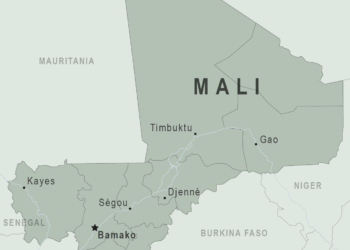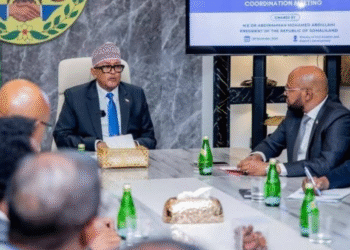The Okiek are a Kenyan people who once lived mainly through hunting wild game and gathering honey. People of this ethnic group call themselves by the name Okiek in Okiek (a Kalenjin language), but they are called il Torrobo in the Maasai language.
Along with Okiek, the Torrobo name also includes other hunting peoples and poor Maasai who have few cattle or none at all. The il Torrobo name, however, is more commonly known, popularized in Swahili and other Bantu-language forms as Dorobo, Wanderobo, or Ndorobo. Maa-speaking hunters in highland areas of northern Kenya around Mt. Nyiru, the Ndoto Mountains, the Mathews Range, and the Leroghi Plateau have also been called il Torrobo, as they sometimes call themselves.
The Okiek are considered today as one of Kenya’s indigenous groups, with a long history of fighting for their rights to their land, means of subsistence, identity, and cultural uniqueness.
According to historians, the Okiek and other associated small groups of peoples originated in the highlands north of Lake Rudolf (Lake Turkana) and moved southward at least 1,000 years ago. The Okiek may have been living in their present lands when other Nilotic or Bantu-speaking people arrived.
The Okiek lived in small, isolated settlements in the high-altitude, densely forested region around Lake Naivasha and the Aberdare Range. There they were, renowned hunters of a variety of game, using bows and poisoned arrows, snares, and pitfalls. Beekeeping was also a well-established skill. British colonial agents removed the Okiek to the forest periphery, which prohibited them from most of their hunting activities and forced them to take up farming; corn (maize), millet, and some root crops have become their main crops.
The Okiek trade with the neighboring Nandi peoples and have assimilated much of Nandi culture; they also occasionally acquire Nandi cattle. Named patrilineal clans are the basis of political organization, with a council of elders providing guidance and making decisions. British colonizers required that the Okiek accept chiefs chosen from among their people, and these have been recognized by the post-colonial Kenyan government.
The Mau Forest is the ancestral home of the Ogiek people. The Ogiek community comprises 20,000 members, about 15,000 of whom inhabit the greater Mau Forest Complex, a land mass of about 400,000 hectares. However, during the colonial era and after independence, the Ogiek were forcibly removed from their native territory in the Mau Forest. This forced removal began with colonial appropriation in the 1930s and intensified in the 1990s.
The African Court on Human and Peoples’ Rights heard arguments from the Ogiek, who were the first Indigenous group to do so. The African Commission on Human and Peoples’ Rights, Africa’s top human rights monitor, declared this to be a grave human rights violation in 2012. The Ogiek People’s Development Programme (OPDP), the Minority Rights Group, and the Center for Minority Rights Development initially brought the case, which was subsequently referred to the African Court. In this historic session, 26 Ogiek elders traveled to Addis Ababa to testify against the Kenyan government.
The Court ruled on the issue on May 26, 2017, concluding that Kenya had infringed upon the rights of the Ogiek group. According to the Court, the Ogieks should not have been forced to leave their ancestral lands against their will or denied the opportunity to dispose of the food that these fields produced. This was a violation of their land rights as well as their right to dispose of their territory’s natural resources and wealth.
Additionally, the courts acknowledged that the Ogieks’ capacity to carry on their traditions was significantly impacted by the evictions, which made it impossible for them to continue their religious rites, many of which are connected to religious places in the Mau Forest. Furthermore, Kenya had denied the Ogiek the particular protections afforded to other different communities, like the Maasai, and had not acknowledged them as an indigenous group at the same time. As a result, the state had discriminated against the Ogiek and denied them the freedom to practice their culture and religion.
The Court further mandated on June 23, 2022, that Kenya compensate the Ogiek for the material and moral discrimination they endured and take all necessary legislative and non-legislative steps to identify, delineate, and title Ogiek ancestral land and to give them collective title to it. When portions of this land have already been given concessions or leases, the Court directed Kenyan authorities to start negotiating with the Ogiek and other parties involved in order to decide whether to return the land or carry on with their operations through lease or royalty and benefit sharing with the Ogiek.
Additionally, the Court mandated that Kenya ensure the Ogiek are fully recognized as an indigenous group in Kenya and take all necessary steps to safeguard their right to effective consultation regarding any development, conservation, or investment projects on their territory.
The Ogiek were eventually acknowledged as an indigenous group with rights over the Mau forest and religious and cultural distinctiveness that needed to be preserved after years of conflict with the national government.


